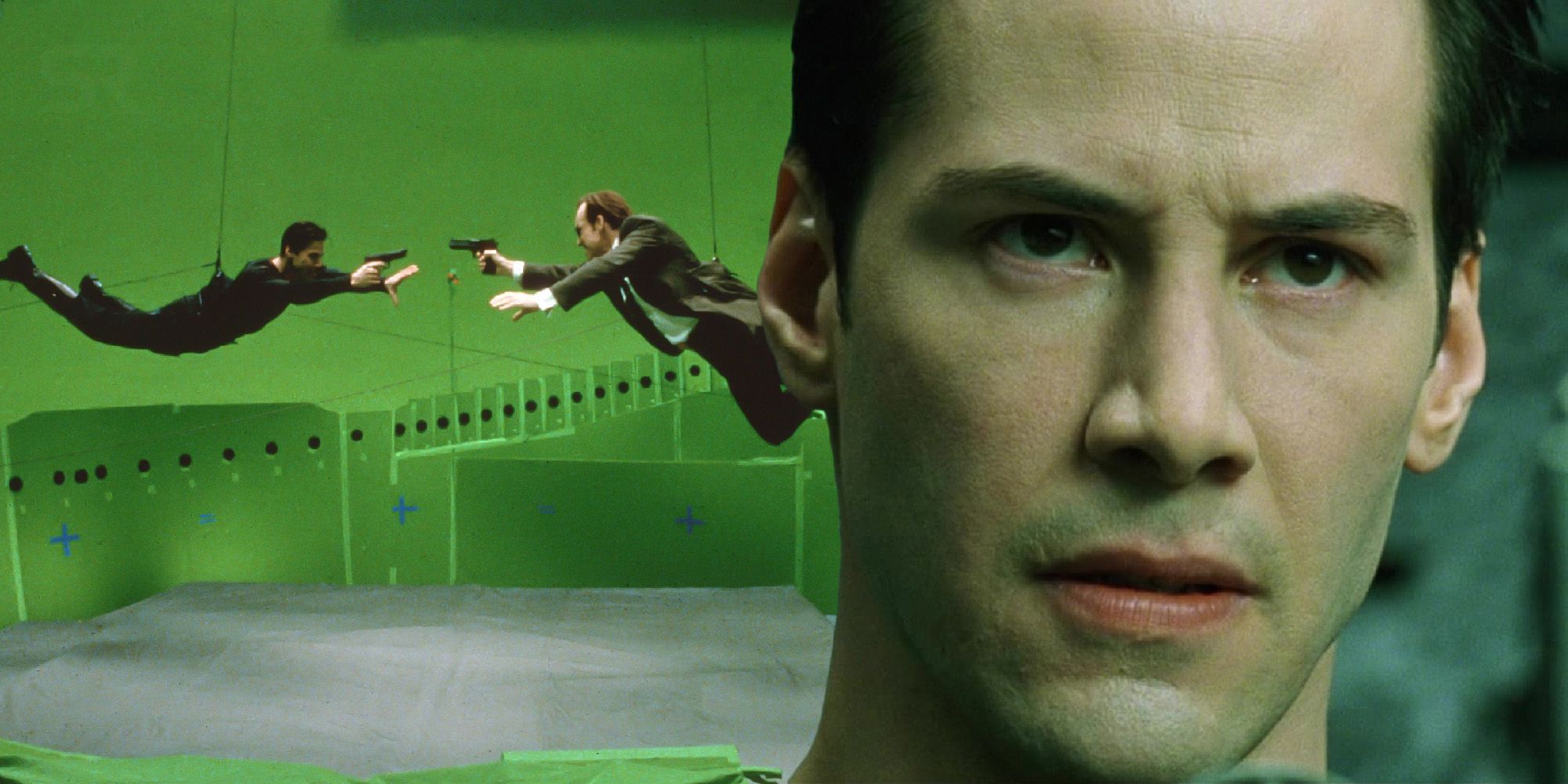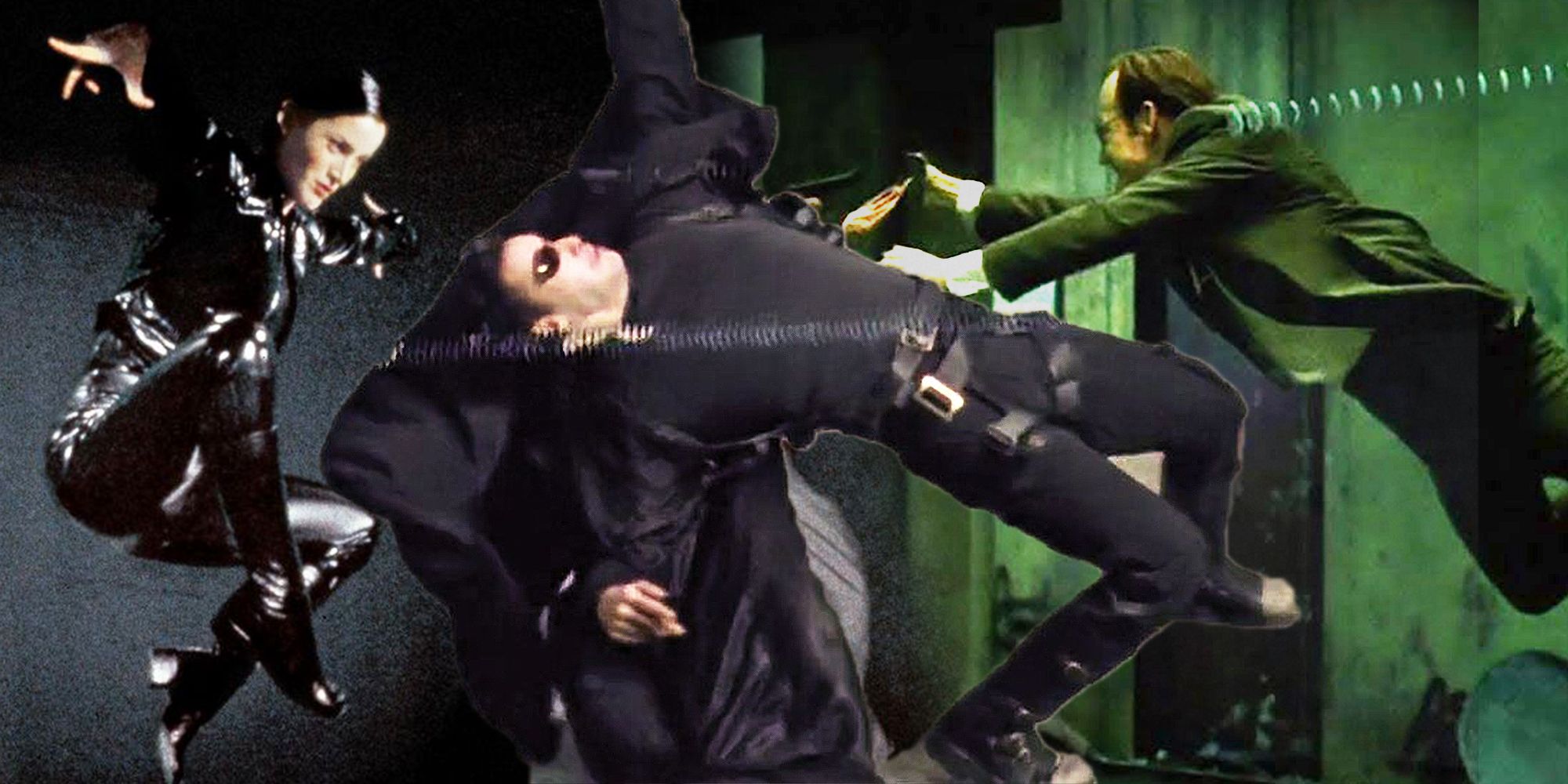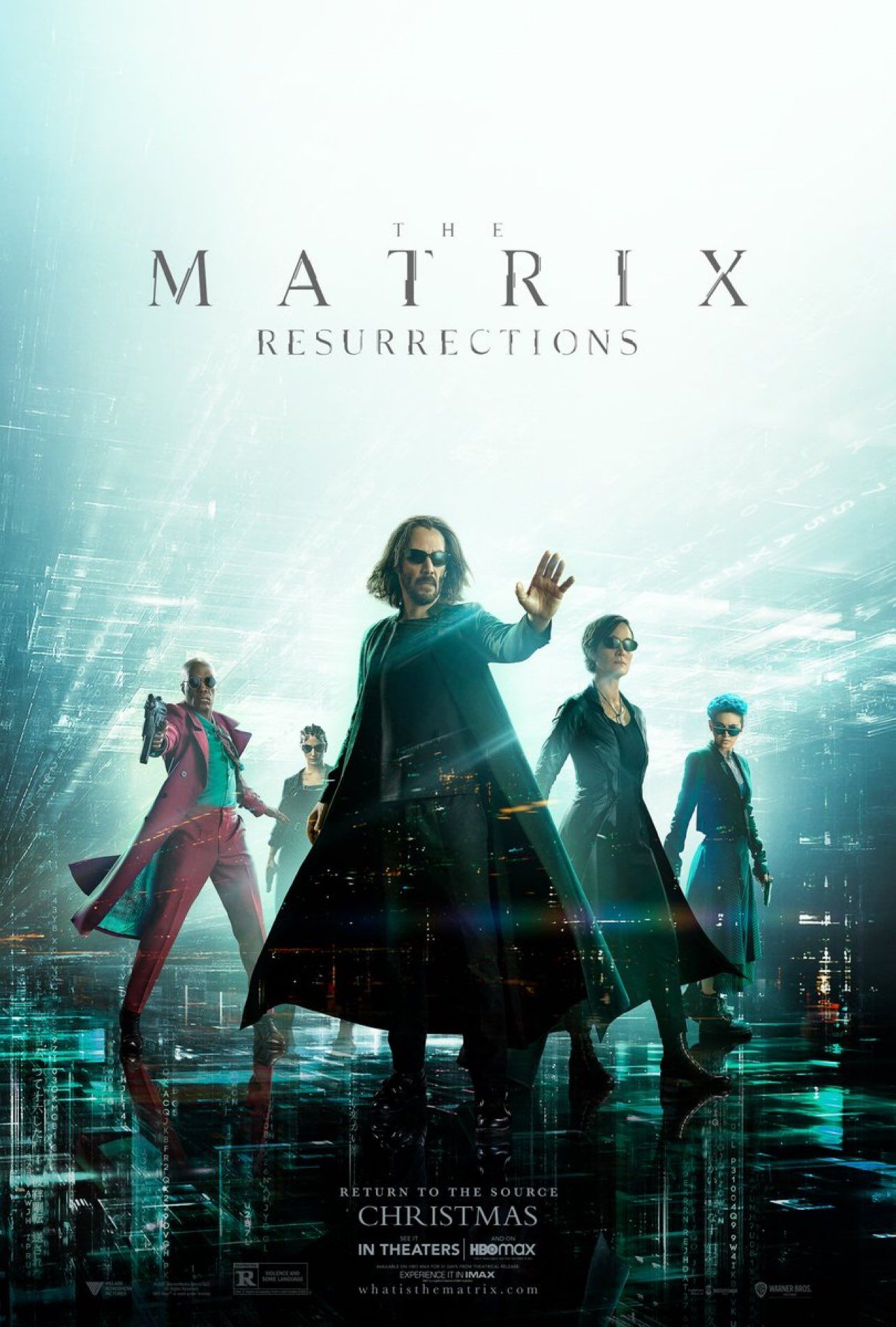The "Bullet Time" VFX technique is a staple of The Matrix, but how did the Wachowskis slow time in such a unique way? In 1999, The Matrix innovated the action and sci-fi genres in a number of ways. From its dystopian depiction of life in a digital simulation to its philosophic approach toward the action genre and its groundbreaking CGI, Neo's (Keanu Reeves) journey as The One has left its mark on movie history. Besides the characters' stylish black coats and glasses, their godlike powers are easily the most mind-bending elements in the franchise.
Some of the most iconic visual effects in The Matrix franchise are Agent Smith's (Hugo Weaving) face-morphing transformations, the computer-code-inspired "Matrix Vision", and the "Bullet Time" shots. The latter is a kind of slow-motion where the camera moves around the characters in what seems to be less than a single second. All of the visual effects in the trilogy come from the directors' ingenious visual style and plenty of arduous work from the VFX artists involved in each movie, but "Bullet Time" stands out because it's a very simple concept materialized with flawless execution.
The Wachowskis first mapped out the shots with digital models in order to visualize the final product and strategize the position of the characters and the cameras. The iconic shot where Neo dodges Agent Smith's bullets required around 120 still cameras, placed one next to the other, to create the illusion of motion. At the time, having one single camera shoot the action at an incredibly high speed was not yet possible, and the circular nature of the scenes made this technique much more visually striking. Although it sounds simple, the technique doesn't stop there. Each camera was mounted on a specialized rig and was set up using a motion-controlled laser-pointing system to find the correct angle and focal distance.
Given that a hundred cameras aren't enough to achieve smooth motion, each frame had to be merged with the next through a method called "interpolation" to create a new intermediate frame. This way, the motion wouldn't feel jittery and the most mobile parts of the image (such as Trinity's (Carrie-Anne Moss) legs and Neo's cape) would flow smoothly. The cameras were also placed with varying distances between each other so the final image would appear to accelerate and decelerate at certain points, giving the action that particular stylized motion it's now famous for. Another detail was the background, which couldn't be shot on location since most of the cameras would always be visible to the rest. Therefore, the scenes were shot on a green screen and the backgrounds were replicated in CGI, using photos of the real location as the textures for the 3D models of the environment.
The actors also had to be held in position by wires, not only to prevent them from falling but also to prolong their actions so the final movement would look effortless. The final touch was the digital elements inside the Matrix (such as the bullets), which had to coincide with the movement, light, and color of the 3D space created by the camera rig, the actors, and the rest of the environment. With all of the previous tricks working in unison, the scene would look as if a single camera zoomed around the characters in a fragment of a second.
The "Bullet Time" sequences in The Matrix look so impressive that they might seem easy to film, but even with all of the clever tricks described above, they still required lots of hard work to achieve the accuracy of the final product. For instance, the interpolation technique by itself took hours of careful polishing in order to look right. Technology has advanced to the point where high-speed cameras and CGI could create a more realistic result, but it's always important to recognize that those advancements exist because movies like The Matrix dared to jump ahead and innovate the filmmaking process.



